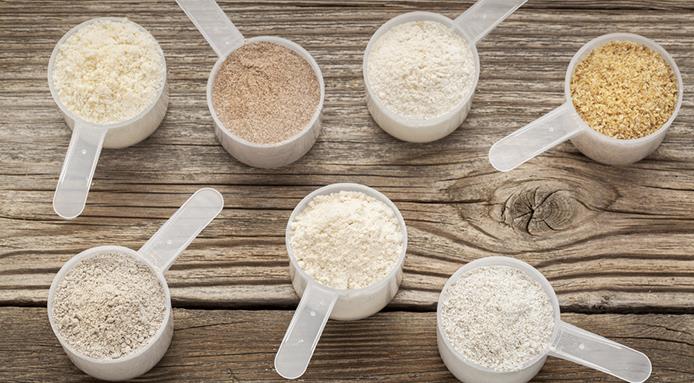Chestnut flour offers the best of both worlds - it's completely gluten-free, and it tastes pretty good, too. In fact, some recipes, particularly dishes from Tuscany, specifically call for chestnut flour. It has a nutty, sweet flavour that matches perfectly with fall flavours, and is known as ‘farina dolce’ or ‘sweet flour’ by the Italians.
If you are using chestnut flour as a substitute for wheat flour, the good news is that it’s actually more nutritious than many other alternative flours. It is high in quality proteins, essential amino acids and fibre, low in fat, and cholesterol free. It also provides a source of B vitamins, vitamin E, potassium, phosphorus and magnesium, which some other gluten-free flours lack.
This tasty and nutritious flour has been used around the world for centuries. Native Americans used to dry chestnuts and grind them into flour, and it has also been used throughout Europe, primarily by poorer people. Bread made using gluten-free flour won’t rise without added ingredients, and before those ingredients were readily available, chestnut flour was seen as inferior, used only by people who couldn’t afford anything else. But over the years, the flavour of this tasty flour has become an important part of several regional dishes.
Chestnut flour can be hard to track down in regular stores, but you can buy it online, or even make your own at home by drying sliced chestnuts in the oven and grinding them up with a spice grinder or blender. If you know what you’re looking for, you can forage for chestnuts to make your flour, but be careful not to use horse chestnuts by mistake, as these are poisonous. If you’re in any doubt, it’s best to stick to store-bought chestnuts.
How to cook with chestnut flour
Chestnut flour can be substituted for wheat flour to make any of your favourite baked goods gluten-free and paleo-friendly. Just remember to add a rising agent, as gluten-free flours will not rise by themselves, or use your chestnut flour for something that doesn’t need to rise, like pancakes, flatbreads or polenta. If you’re just trying chestnut flour for the flavour, you can use a flour mix that’s half chestnut, half wheat, although obviously this is not suitable for people with gluten allergies.












